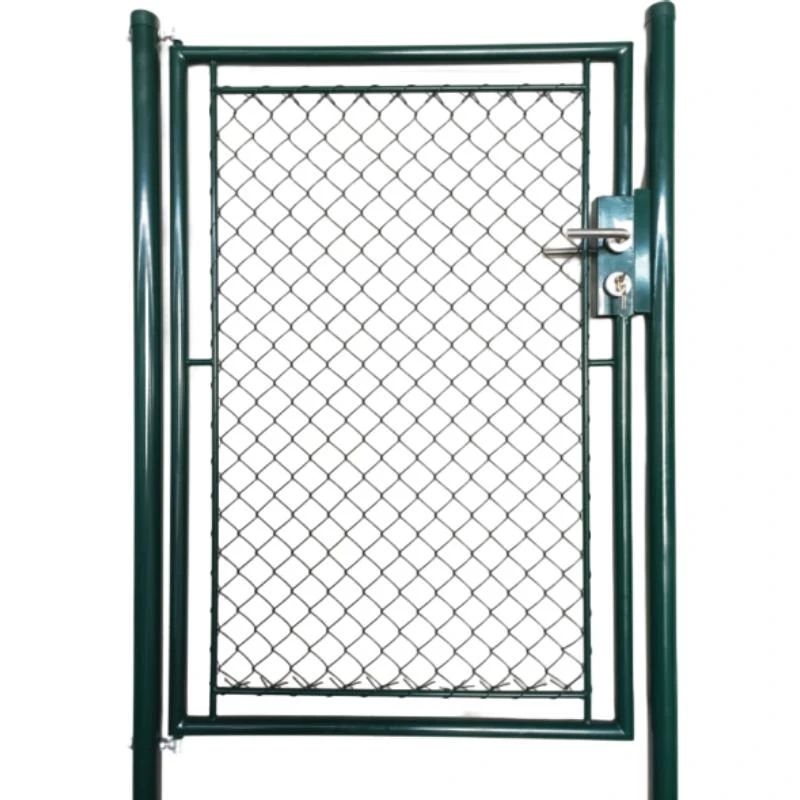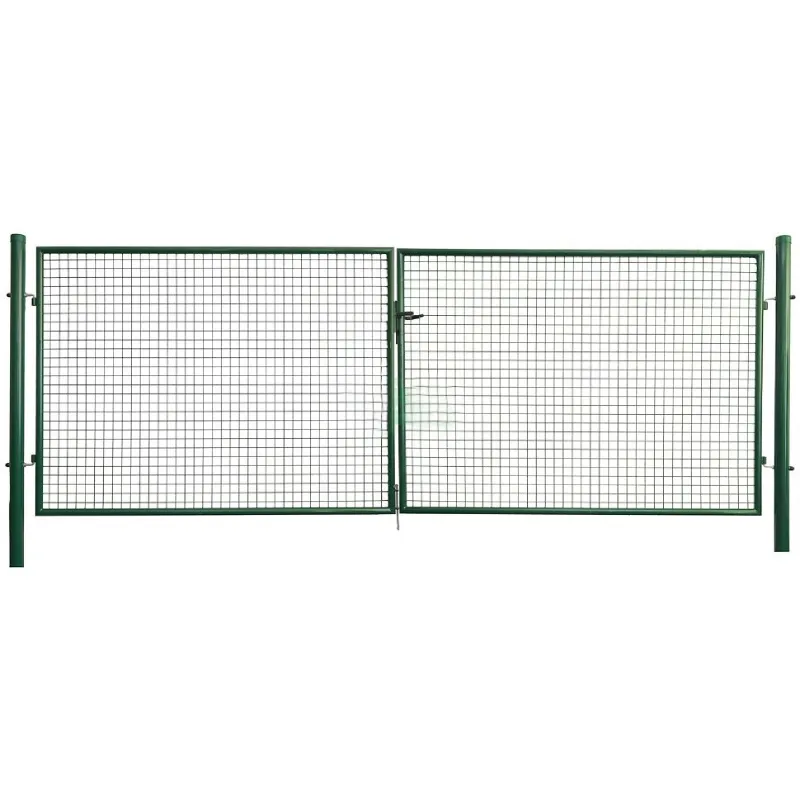-
E-pos:zhao@hyliec.cn
-
Tel:+86 311 85273988
-
WhatsAPP:8613931128750
-
 Afrikaans
Afrikaans -
 Albanees
Albanees -
 Amharies
Amharies -
 Arabies
Arabies -
 Armeens
Armeens -
 Azerbeidjans
Azerbeidjans -
 Baskies
Baskies -
 Wit-Russies
Wit-Russies -
 Bengaals
Bengaals -
 Bosnies
Bosnies -
 Bulgaars
Bulgaars -
 Katalaans
Katalaans -
 Cebuano
Cebuano -
 Korsikaans
Korsikaans -
 Kroaties
Kroaties -
 Tsjeggies
Tsjeggies -
 Deens
Deens -
 Nederlands
Nederlands -
 Engels
Engels -
 Esperanto
Esperanto -
 Estnies
Estnies -
 Fins
Fins -
 Frans
Frans -
 Fries
Fries -
 Galisies
Galisies -
 Georgies
Georgies -
 Duits
Duits -
 Grieks
Grieks -
 Gujarati
Gujarati -
 Haïtiaans Kreools
Haïtiaans Kreools -
 hausa
hausa -
 hawaiian
hawaiian -
 Hebreeus
Hebreeus -
 Nope
Nope -
 Miao
Miao -
 Hongaars
Hongaars -
 Yslands
Yslands -
 igbo
igbo -
 Indonesies
Indonesies -
 iers
iers -
 Italiaans
Italiaans -
 Japannese
Japannese -
 Javaans
Javaans -
 Kannada
Kannada -
 kazaks
kazaks -
 Khmer
Khmer -
 Rwandese
Rwandese -
 Koreaans
Koreaans -
 Koerdies
Koerdies -
 Kirgisies
Kirgisies -
 TB
TB -
 Latyn
Latyn -
 Letties
Letties -
 Litaus
Litaus -
 Luxemburgs
Luxemburgs -
 Masedonies
Masedonies -
 Malgashi
Malgashi -
 Maleis
Maleis -
 Malabaars
Malabaars -
 Maltees
Maltees -
 Maori
Maori -
 Marathi
Marathi -
 Mongoolse
Mongoolse -
 Myanmar
Myanmar -
 Nepalees
Nepalees -
 Noors
Noors -
 Noors
Noors -
 Oksitaans
Oksitaans -
 Pasjto
Pasjto -
 Persies
Persies -
 Pools
Pools -
 Portugees
Portugees -
 Punjabi
Punjabi -
 Roemeens
Roemeens -
 Russies
Russies -
 Samoaans
Samoaans -
 Skotse Gaelies
Skotse Gaelies -
 Serwies
Serwies -
 Engels
Engels -
 Shona
Shona -
 Sindhi
Sindhi -
 Sinhala
Sinhala -
 Slowaaks
Slowaaks -
 Sloweens
Sloweens -
 Somalies
Somalies -
 Spaans
Spaans -
 Soendanees
Soendanees -
 Swahili
Swahili -
 Sweeds
Sweeds -
 Tagalog
Tagalog -
 Tadjieks
Tadjieks -
 Tamil
Tamil -
 Tataars
Tataars -
 Telugu
Telugu -
 Thai
Thai -
 Turks
Turks -
 Turkmeens
Turkmeens -
 Oekraïens
Oekraïens -
 Oerdoe
Oerdoe -
 Uighur
Uighur -
 Oezbeeks
Oezbeeks -
 Viëtnamees
Viëtnamees -
 Wallies
Wallies -
 Help
Help -
 Jiddisj
Jiddisj -
 Yoruba
Yoruba -
 Zoeloe
Zoeloe
Tuinhekke
Cheap Garden Gates For Sale
You can find cheap garden gates for sale at various home improvement stores, online retailers, and local hardware shops. Consider looking for sales, clearance items, or second-hand options to find affordable garden gates that meet your needs. Additionally, exploring different types and sizes can help you find cost-effective solutions for your garden gate. Be sure to compare prices, quality, and reviews to make an informed decision.
Garden Gate Construction
1. Planning: Determine the location and dimensions of the gate, considering the width of the pathway or opening. Decide on the type of gate, such as a single or double gate, and the materials to be used.
2. Materials: Select the appropriate types and sizes for the gate, such as round tube gates or square tube gates, single wing gates or double wings gates, ensure to meet requirements of maximum.
3. Frame assembly: Construct the frame of the gate using the chosen types and sizes . This may involve cutting and assembling the frame pieces, ensuring that they are square and level.
4. Adding infill: Depending on the design, add infill materials such as pickets, panels, or mesh to the gate frame. Secure the infill materials to the frame using appropriate fasteners.
5. Hardware installation: Install hinges, latches, and any additional hardware required for the gate to function properly. Ensure that the hardware is durable and suitable for outdoor use.
6. Finishing touches: Sand the gate to smooth any rough edges and apply a protective finish or paint to enhance its durability and appearance.
7. Installation: Once the gate is constructed, install it in the desired location, ensuring that it swings freely and latches securely.
It's important to follow any local building codes or regulations when constructing a garden gate, especially if it will be used as a boundary or security feature. If you're unsure about the construction process, consider consulting with a professional or seeking guidance from experienced individuals.





